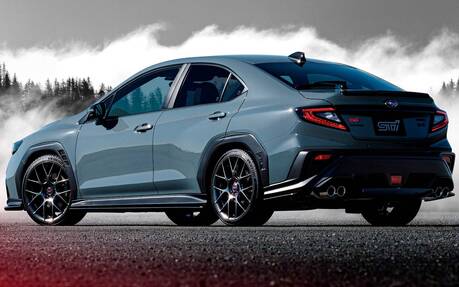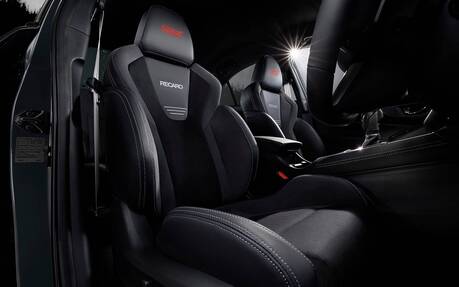Subaru Unveils New WRX STi, But It's Not What You Think
Are you waiting for the return of the Subaru WRX STi or anything worthy of that moniker? You’re not alone. Many performance enthusiasts would like their STi fix, but sadly it appears no successor is planned, at least not with an internal combustion engine.
Right now, as you know, all that’s left is the 271-horsepower WRX. For 2024, the company is introducing a top-of-the-line, track-tuned RS model with suspension, steering, braking and tire upgrades but no changes under the hood, which is a shame.
- Also: Is This What the 2035 Subaru WRX Will Look Like?
- Also: 2024 Subaru WRX RS Gets Closer to STI, Except Under the Hood
This past weekend at Tokyo Auto Salon in Japan, Subaru unveiled a trio of new STi-branded vehicles including a WRX S4 STi Sport sedan that will be limited to 500 units for the Japanese market. And those 500 customers will literally have to win a lottery to get their hands on the car.

The thing is, it’s nowhere close to an actual WRX STi. Power and torque are the same, and believe it or not the only transmission available is a CVT. Subaru merely added a collection of STi performance parts and accessories while adjusting chassis tuning.
On the outside, there’s a subtle lip spoiler up front, new side skirts and a black-finished rear spoiler that’s no bigger than the one currently affixed to the WRX—a far cry from the WRX STi’s signature giant wing. In fact, if it were not for the “STi” badges on the grille, trunk lid and hub caps, you probably wouldn’t have taken a second look. By the way, the 19-inch BBS wheels are wrapped in Michelin high-performance tires providing extra grip.
The only notable upgrade to the interior is a pair of heavily bolstered Recaro front buckets with silver stitching, just like on the steering wheel and door panels.

All things considered, this Subaru WRX S4 STi Sport is not really more attractive than the 2024 WRX RS slated to land in Canada this winter (which comes exclusively with a manual transmission) and should be viewed as nothing more than a ploy to lure STi-obsessed drivers in Japan.
